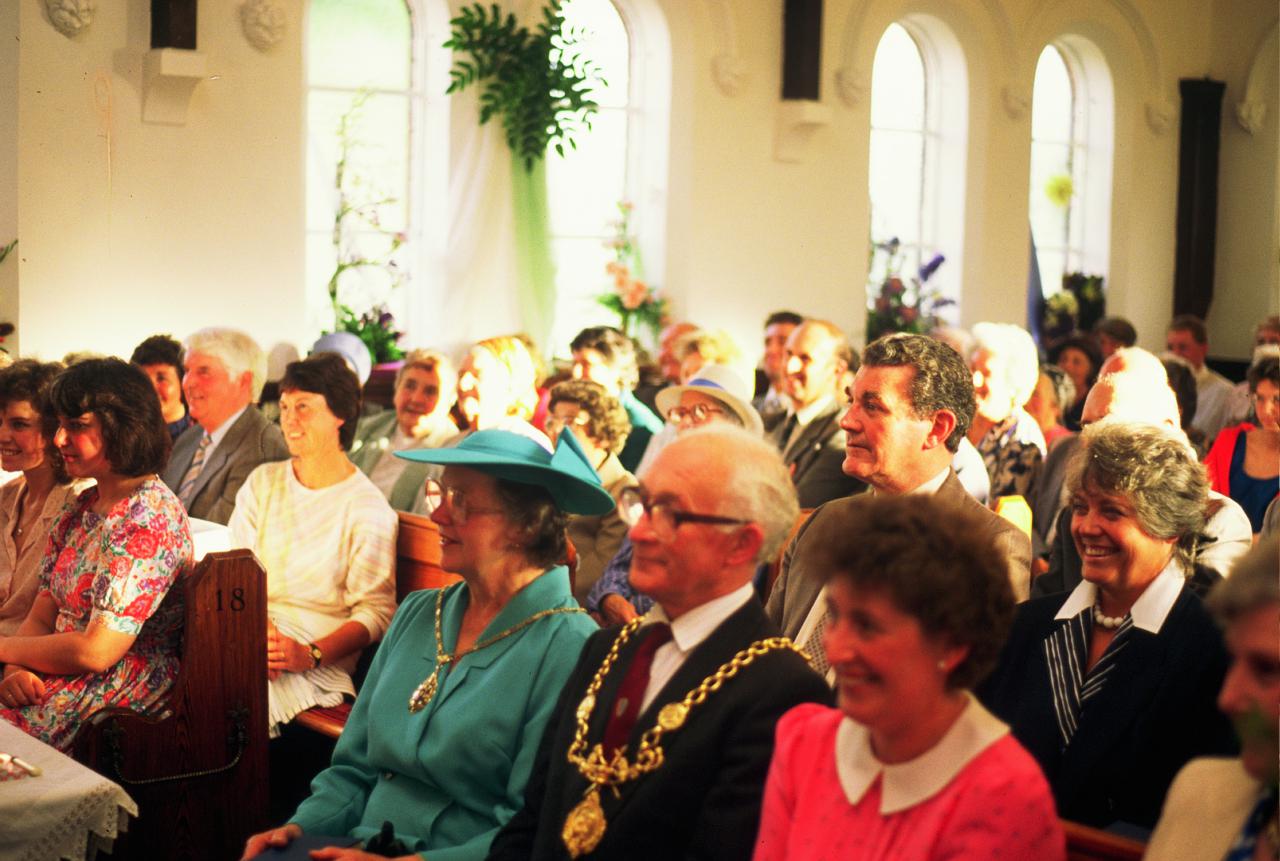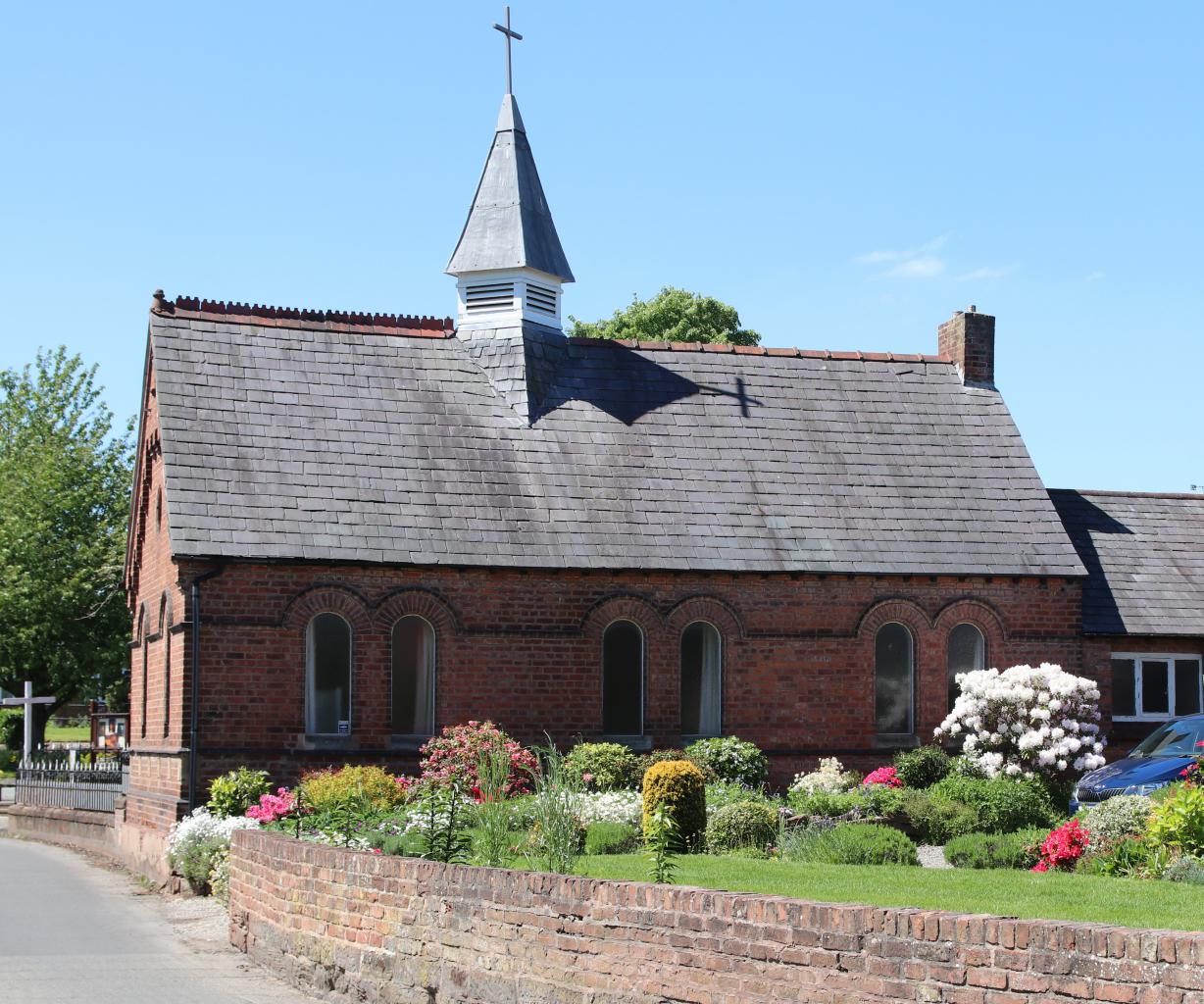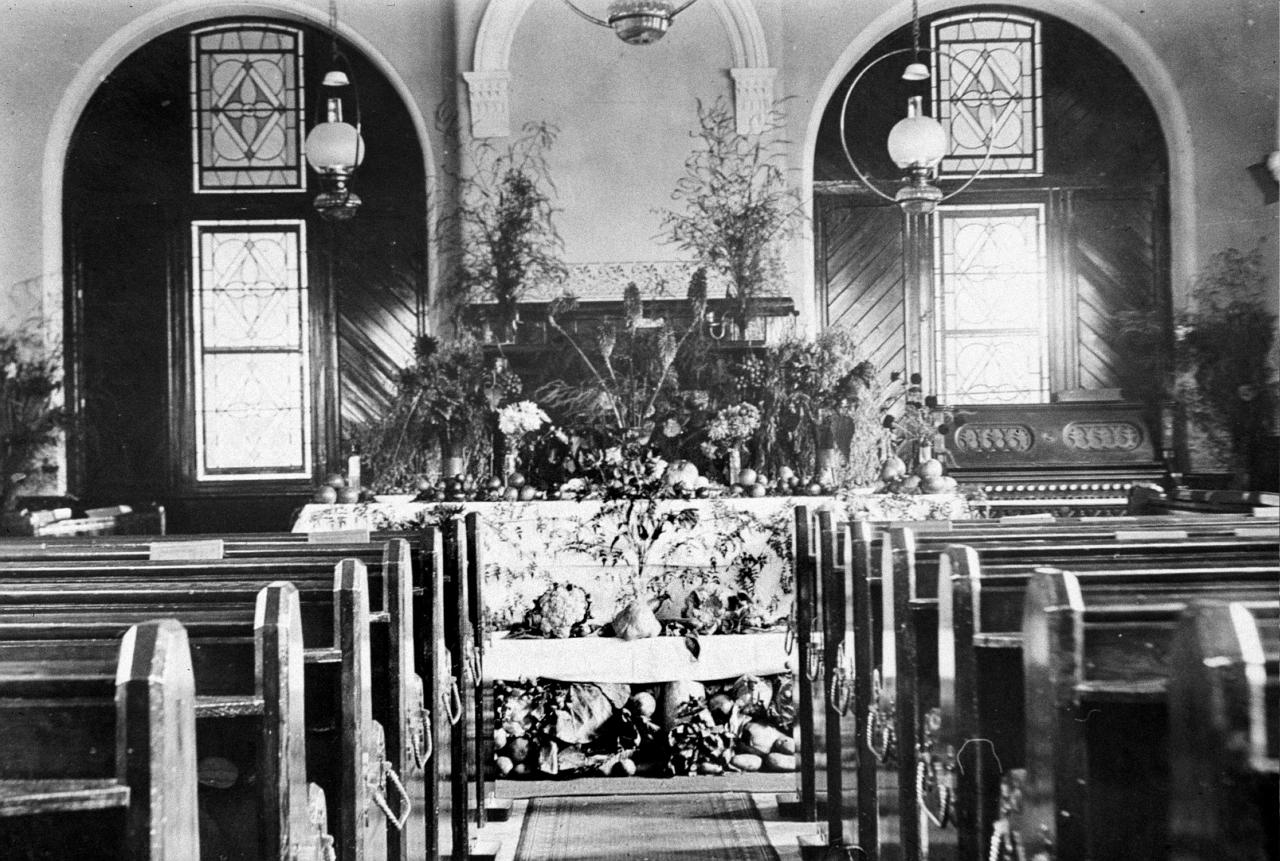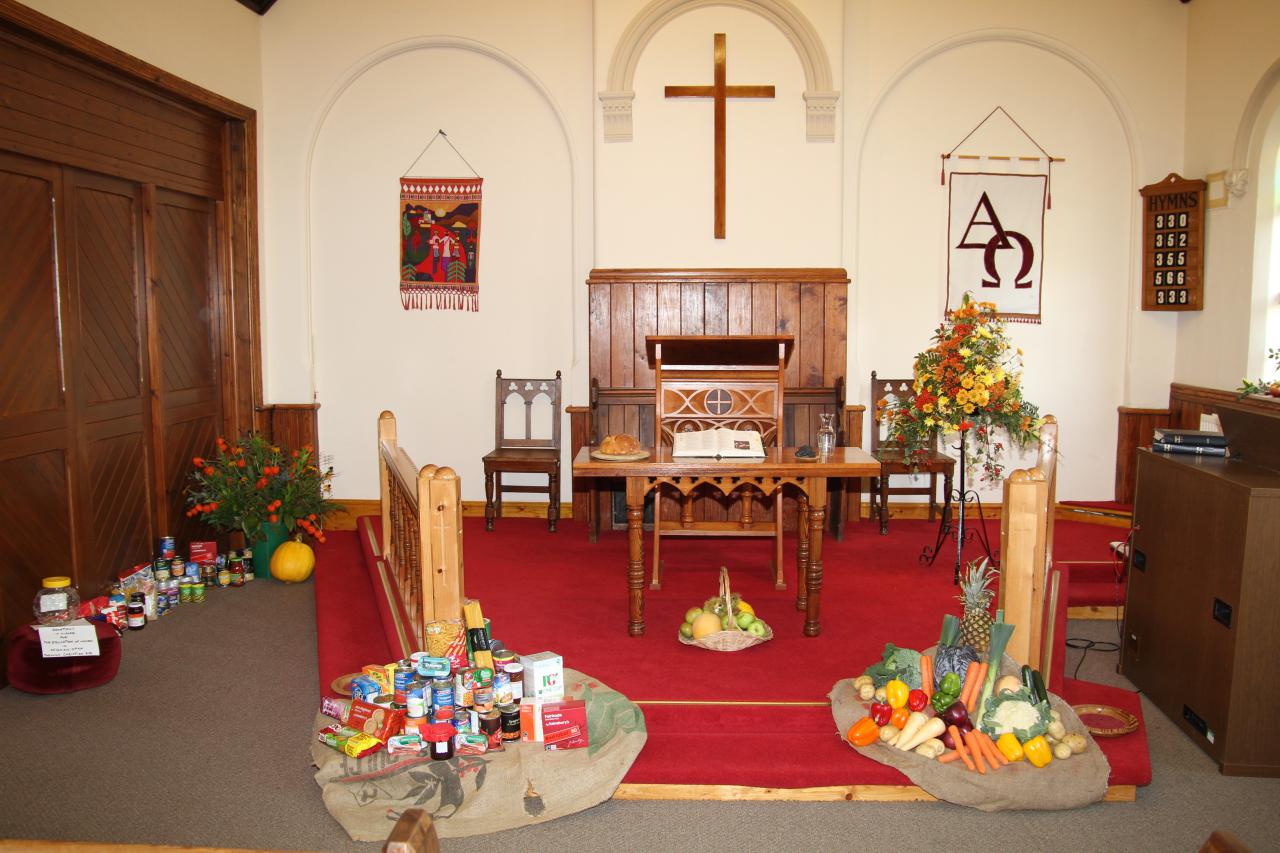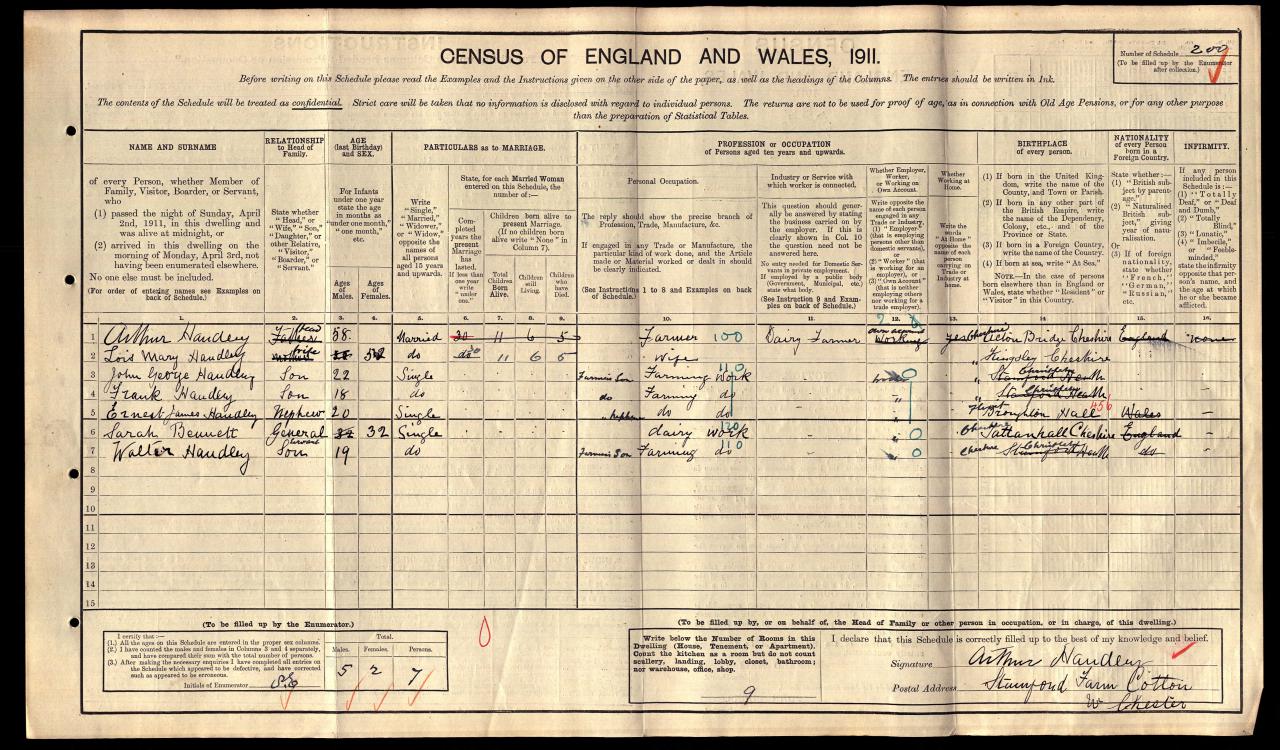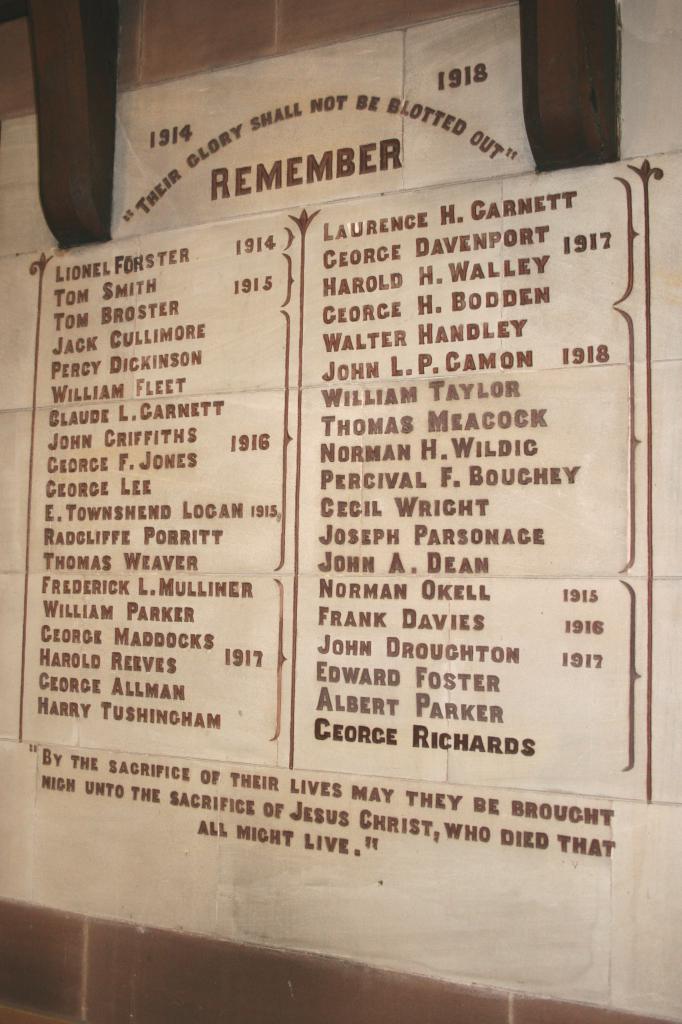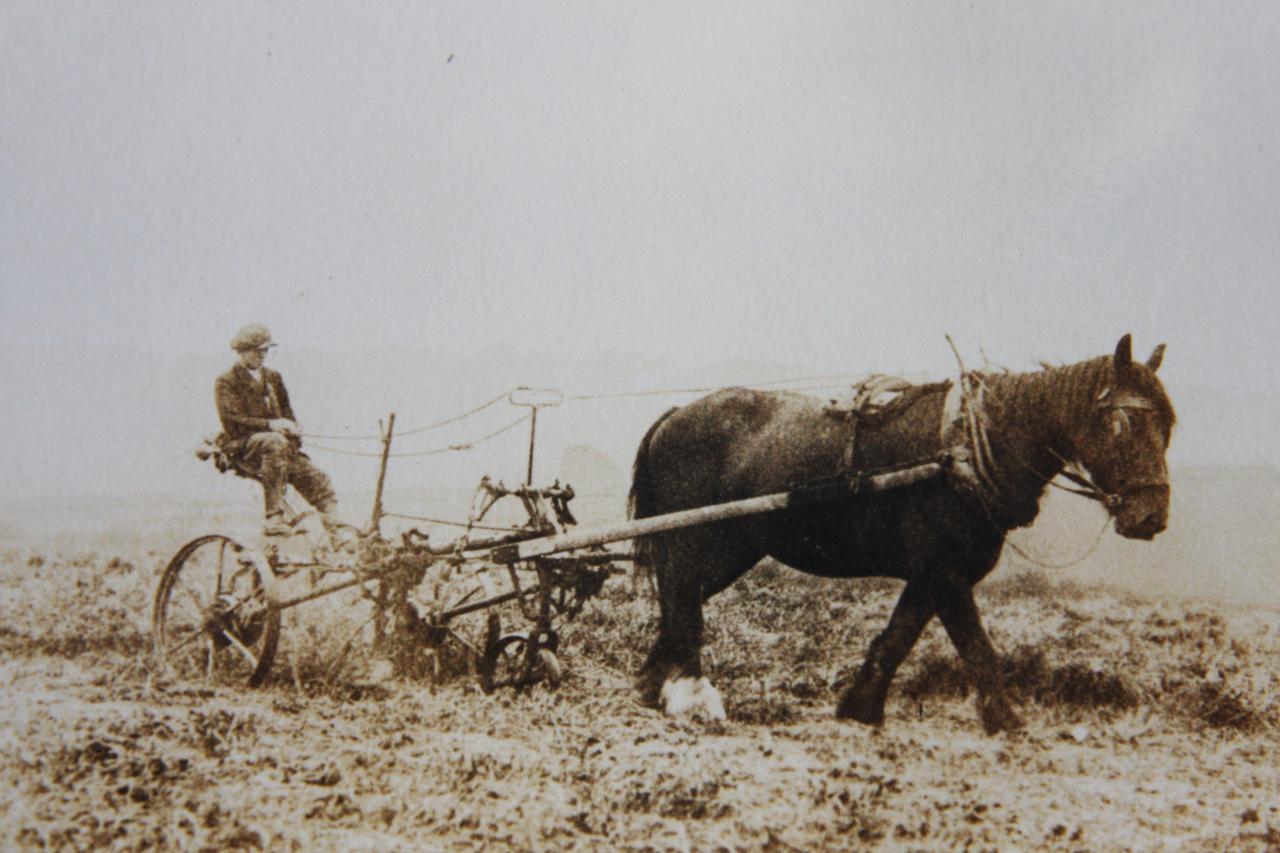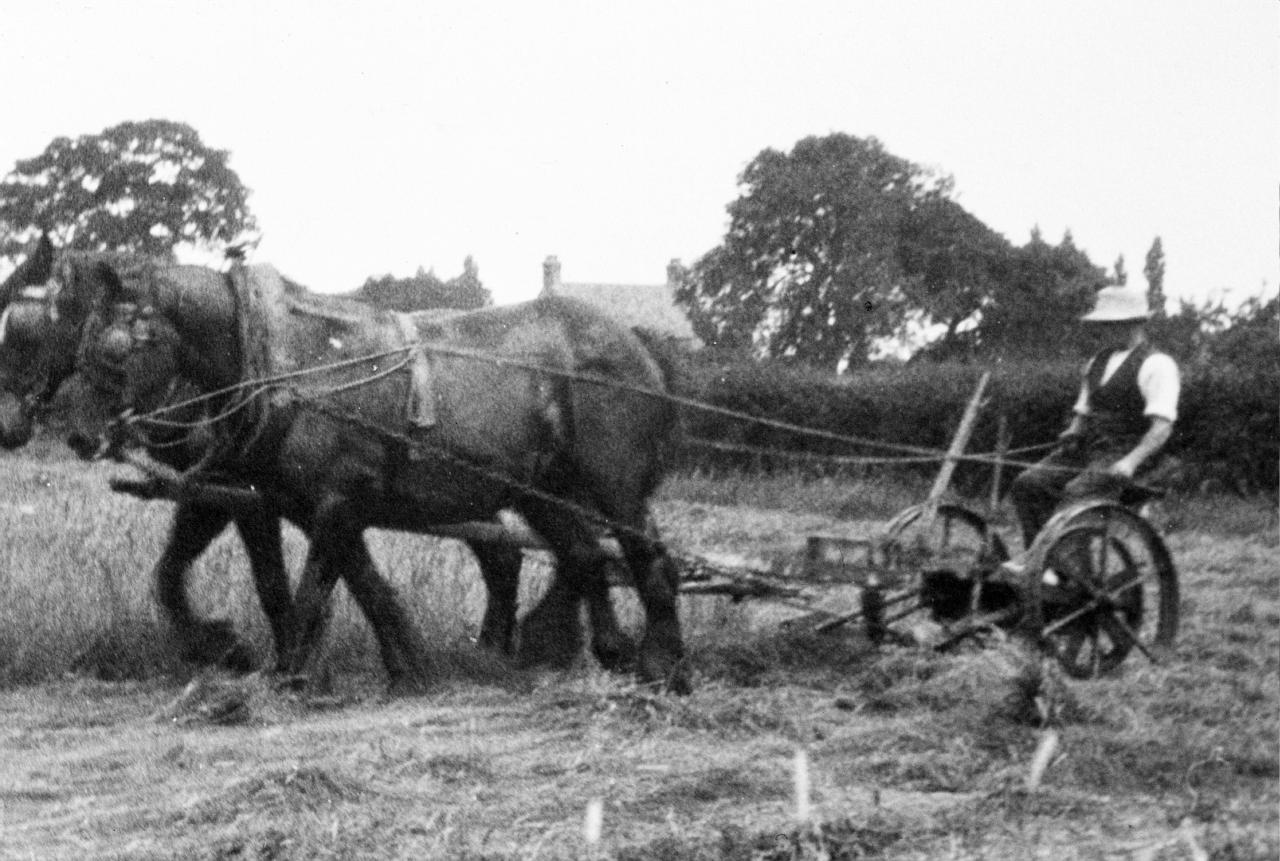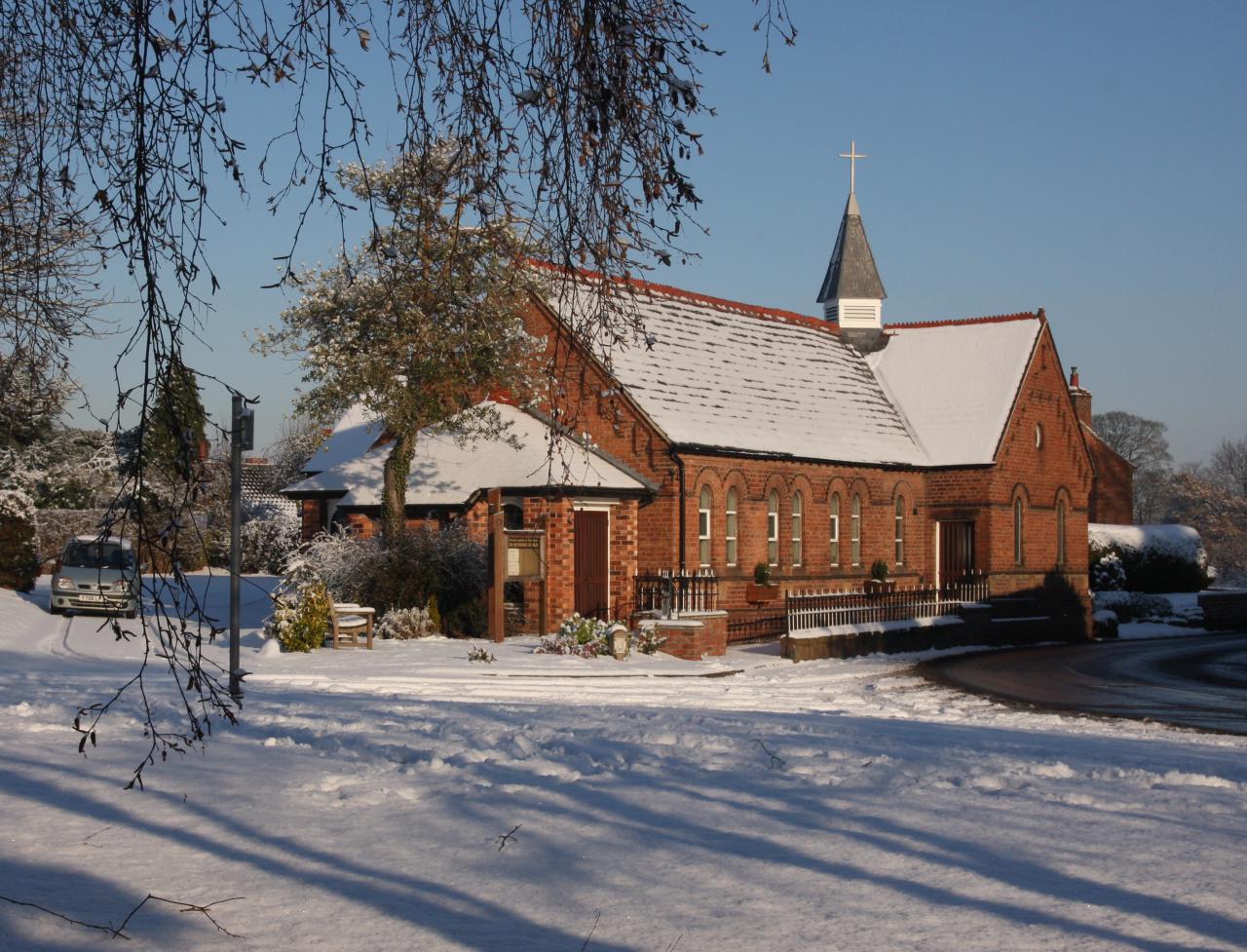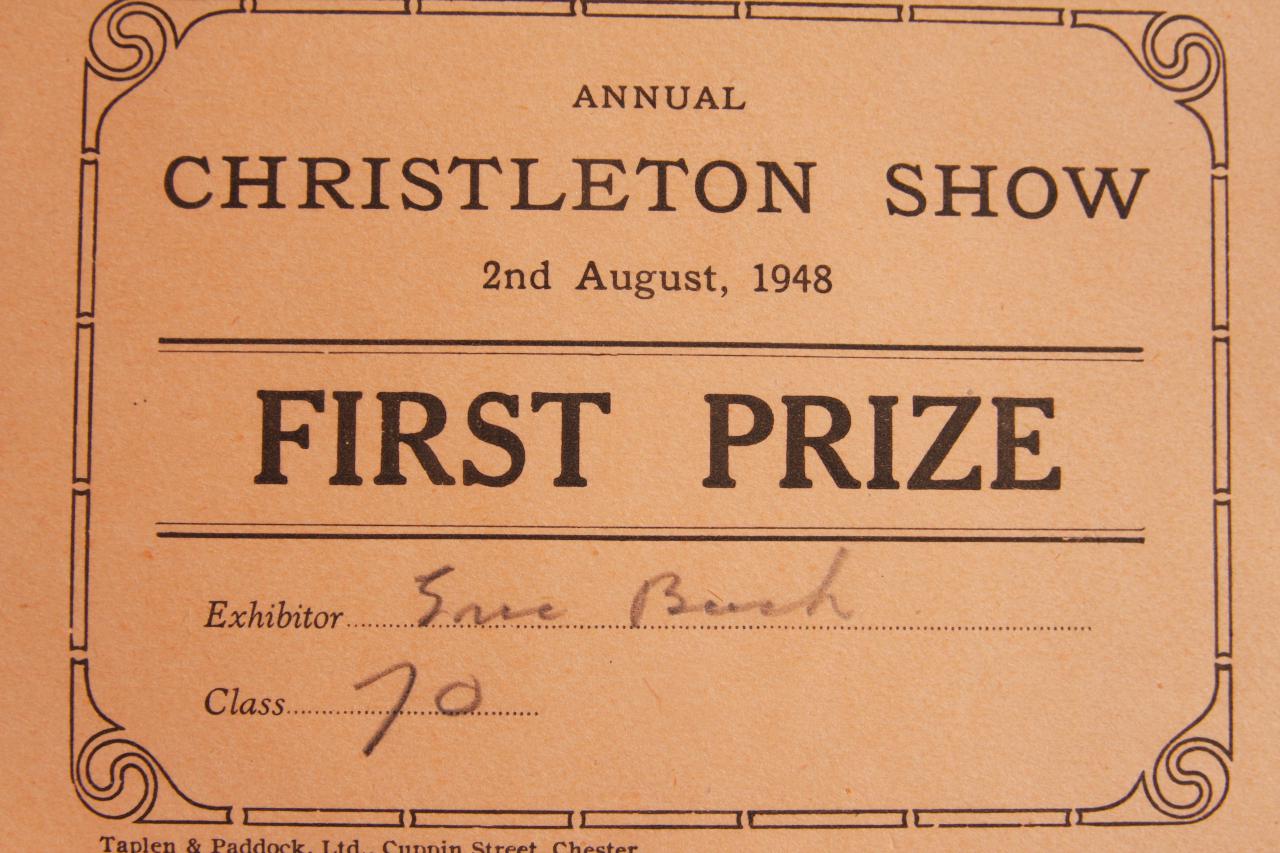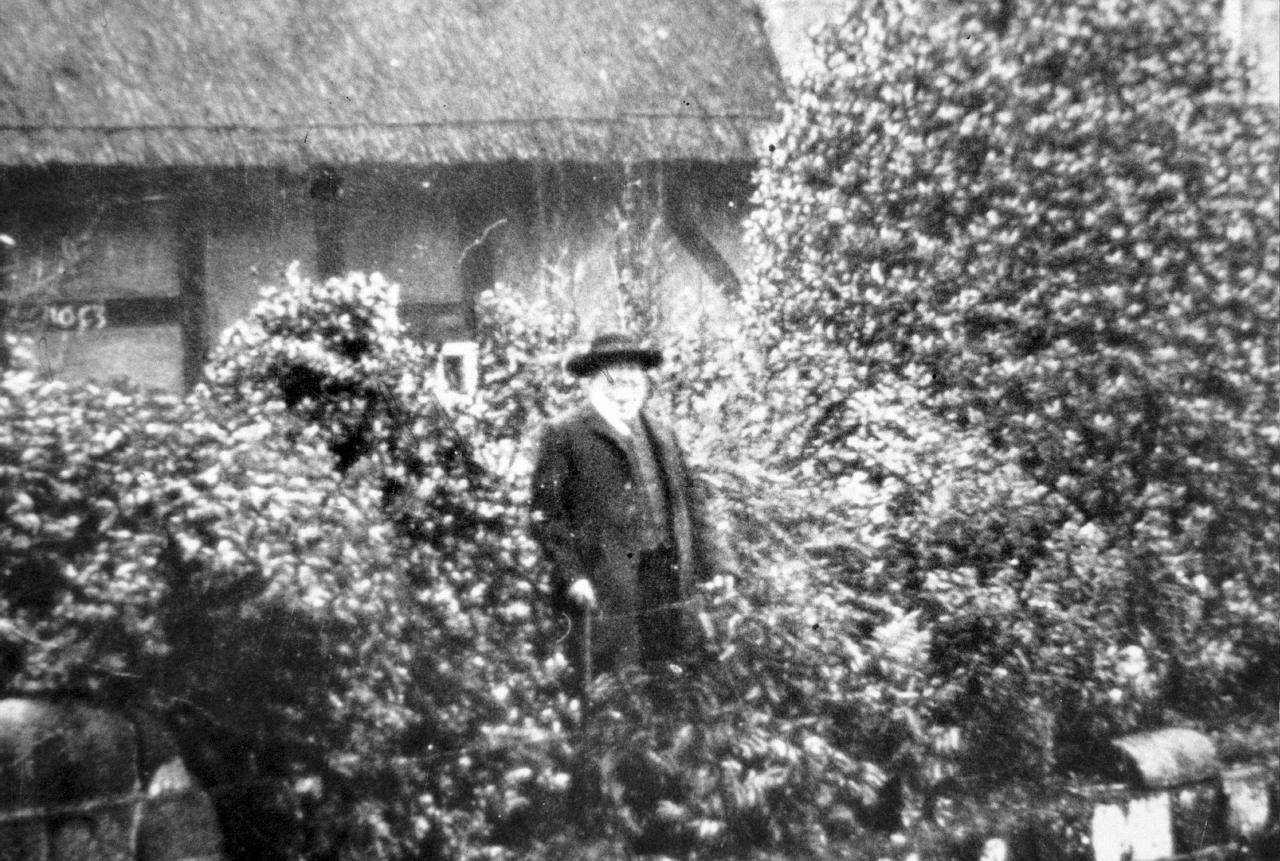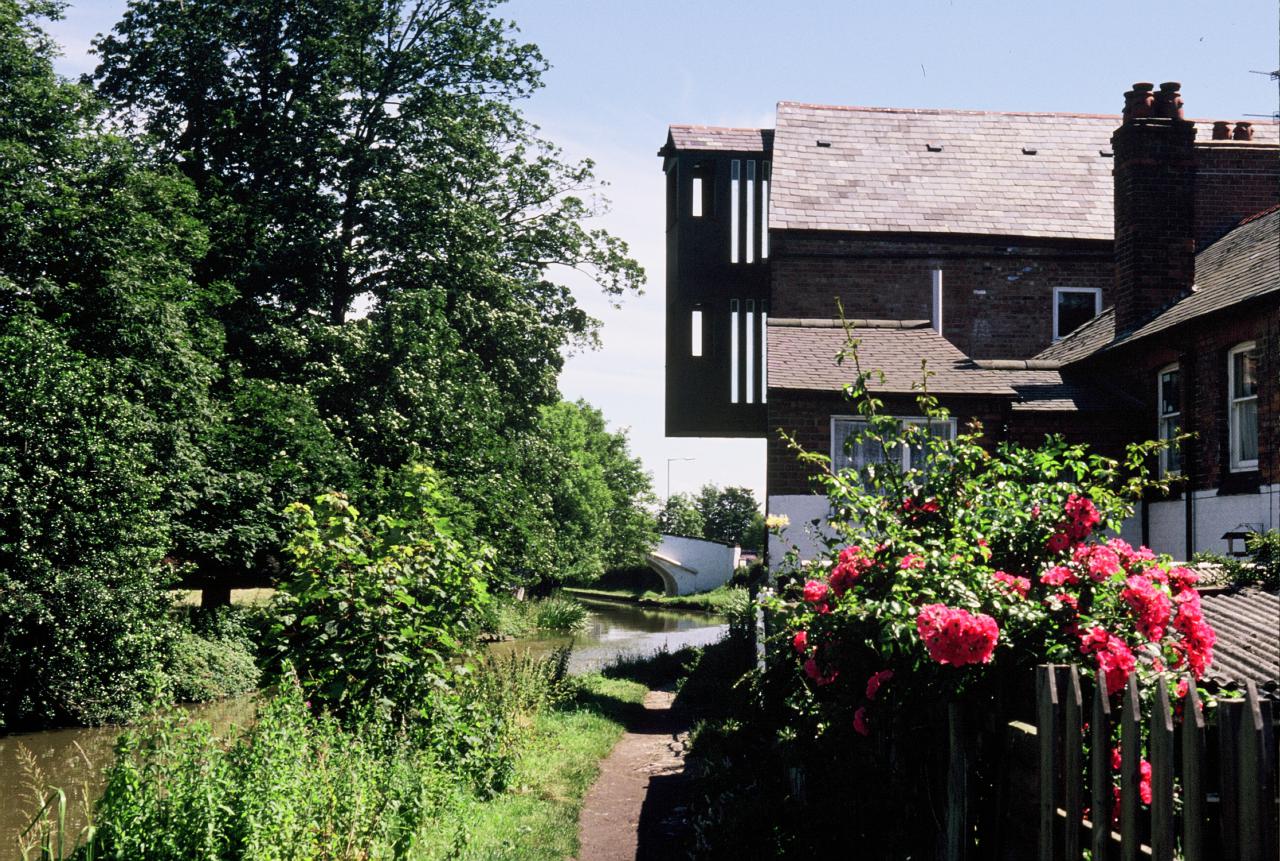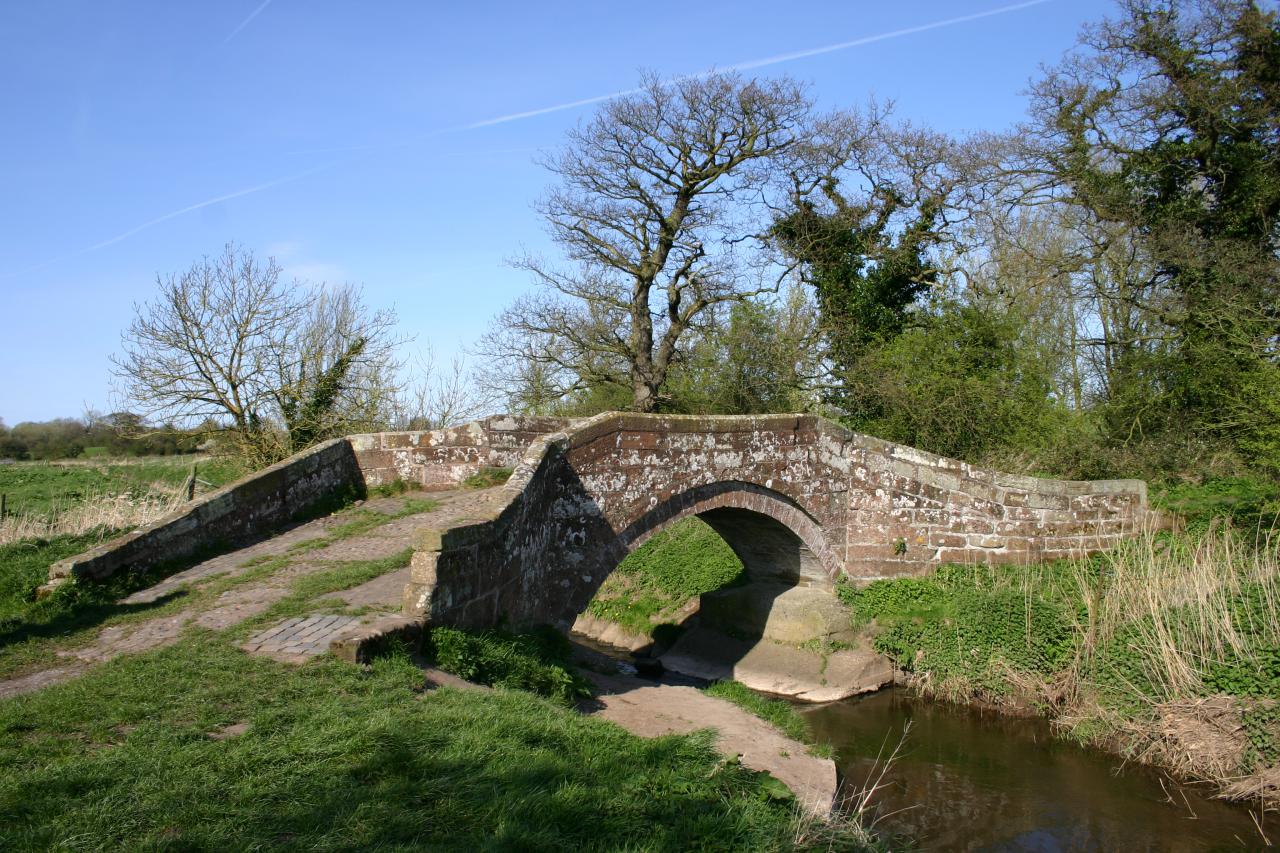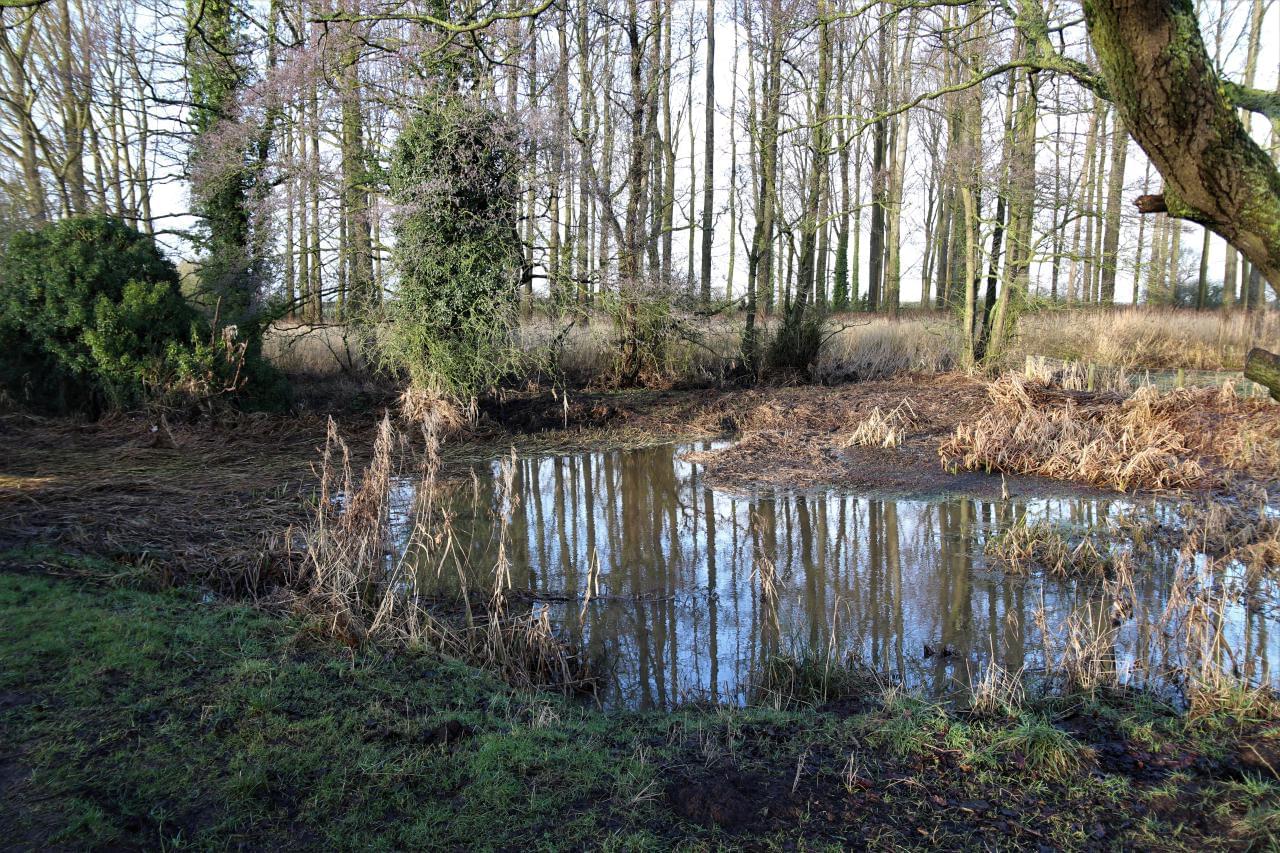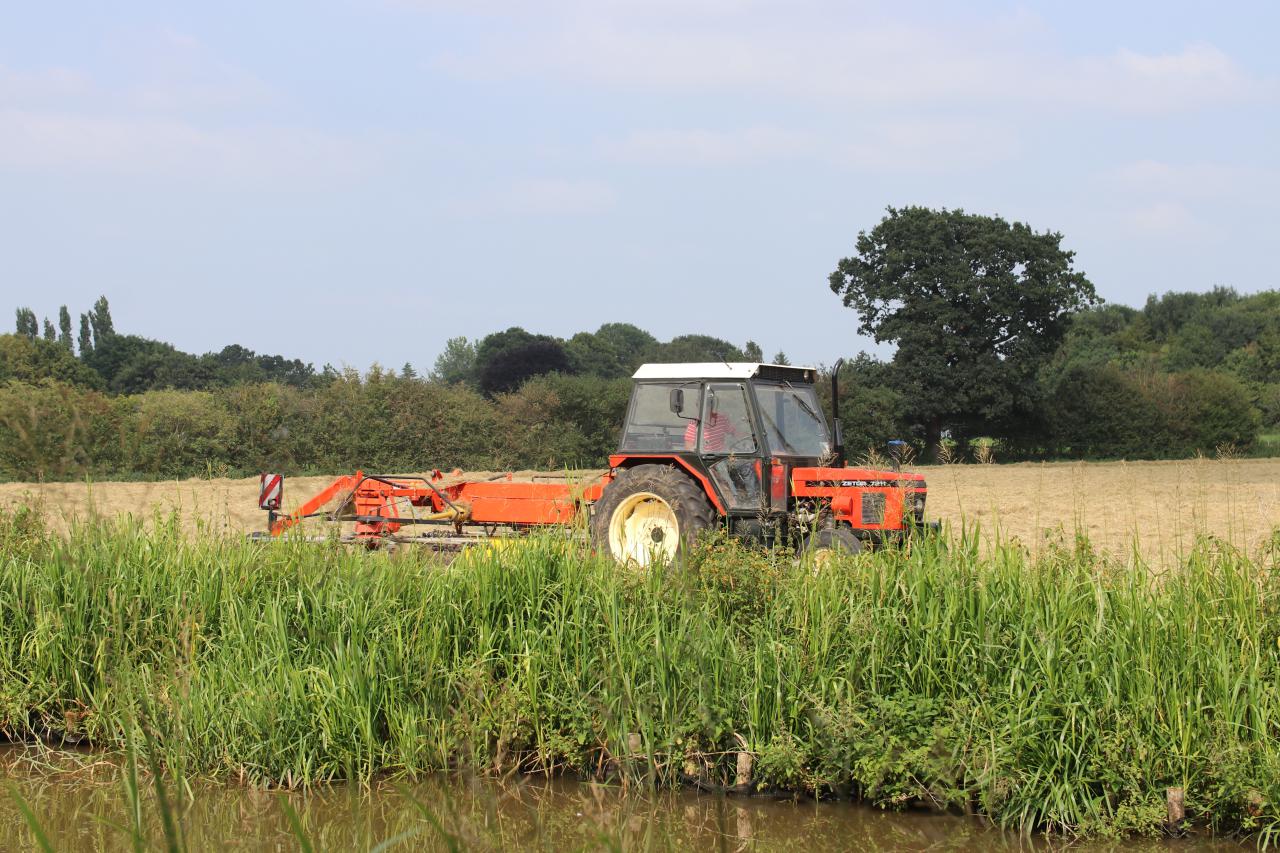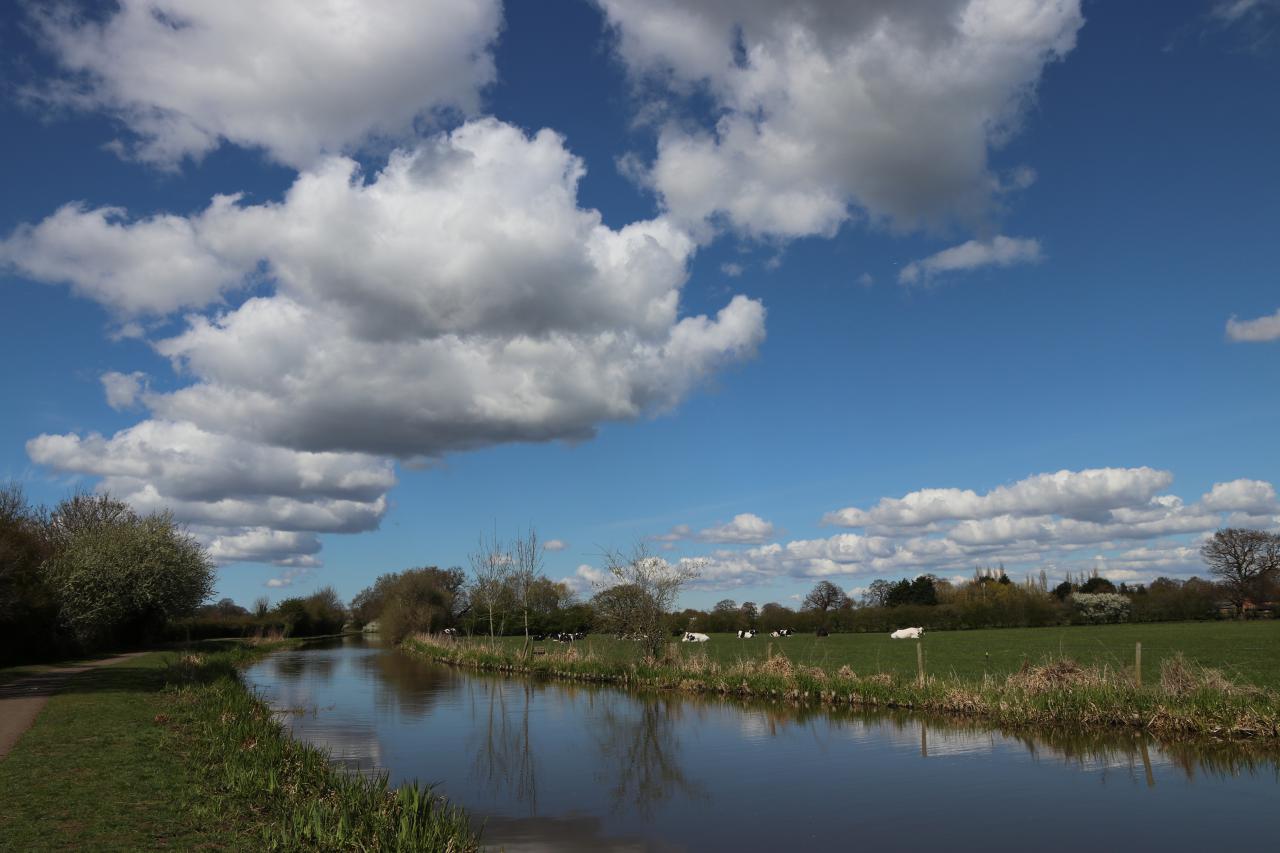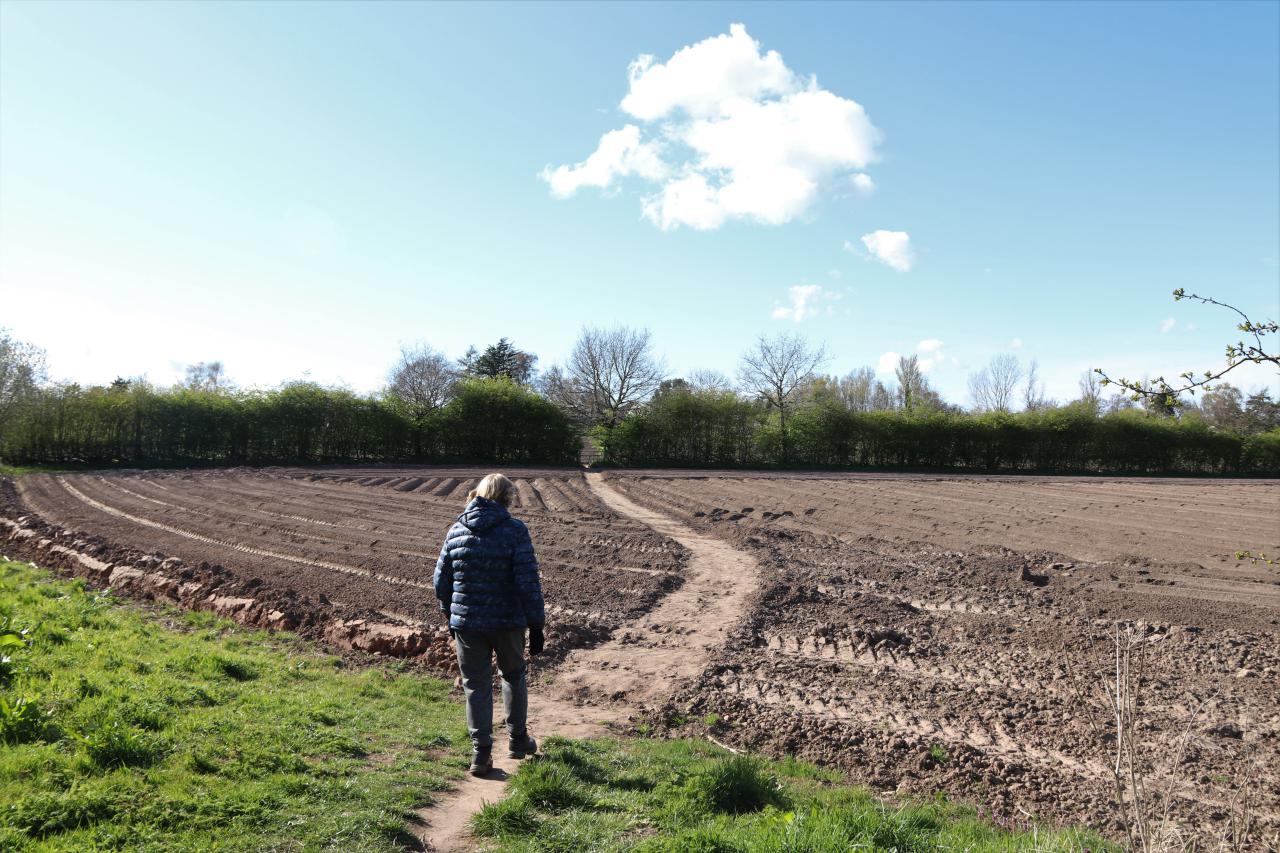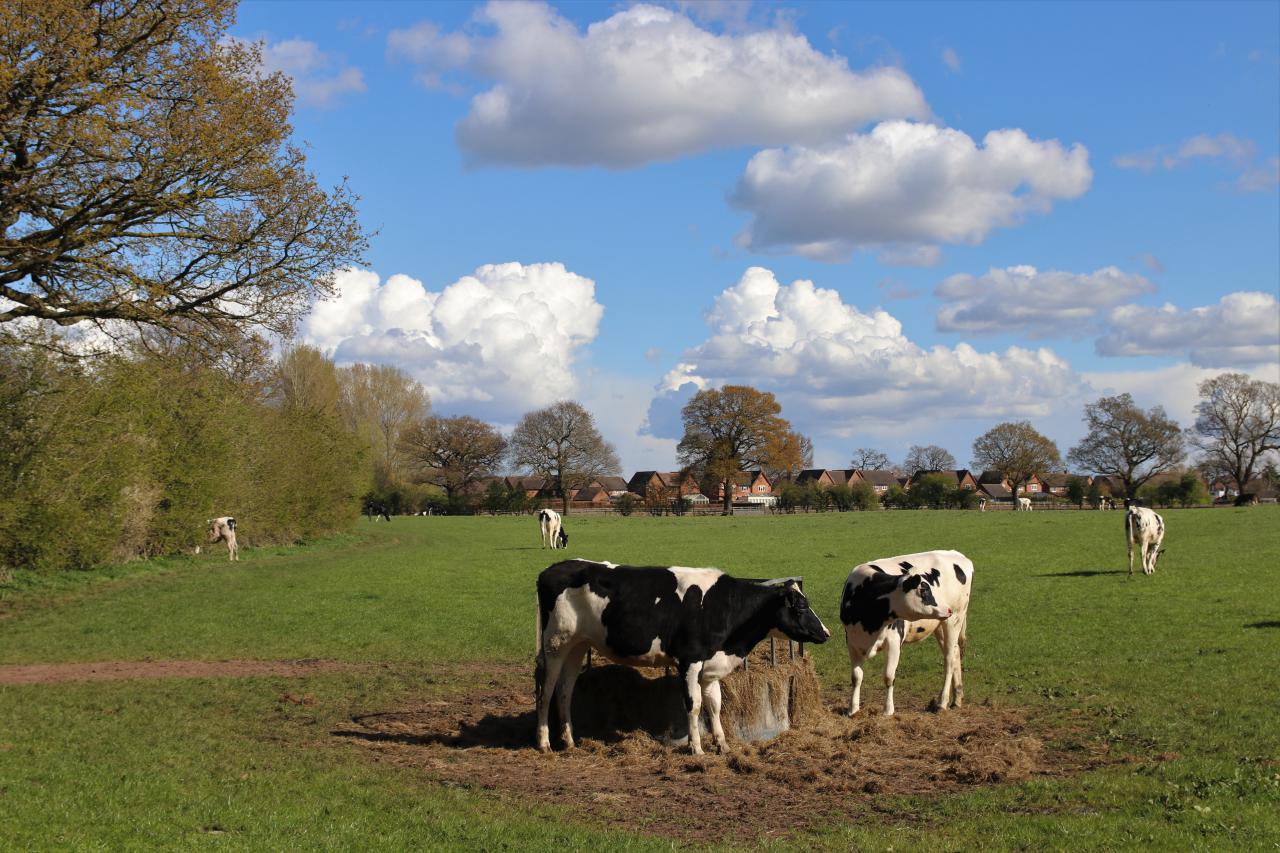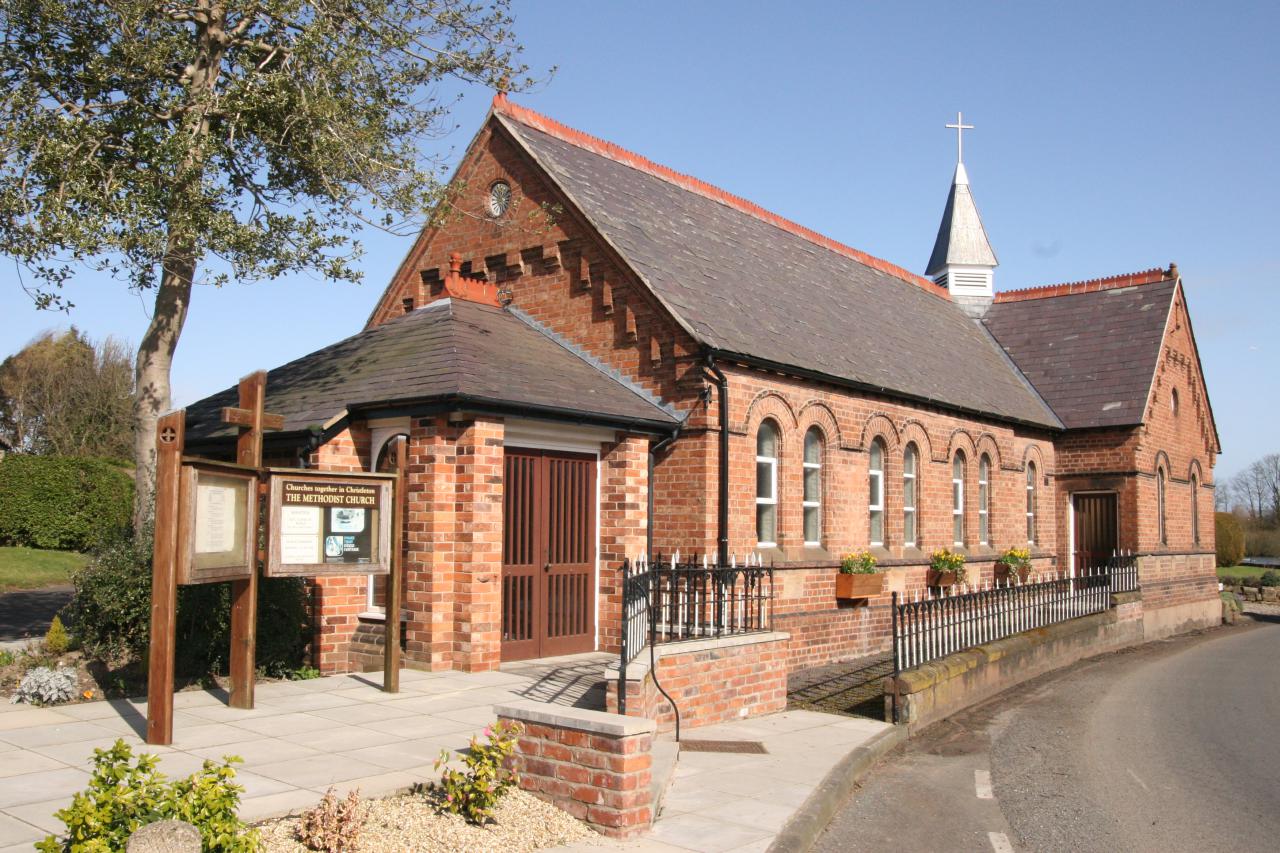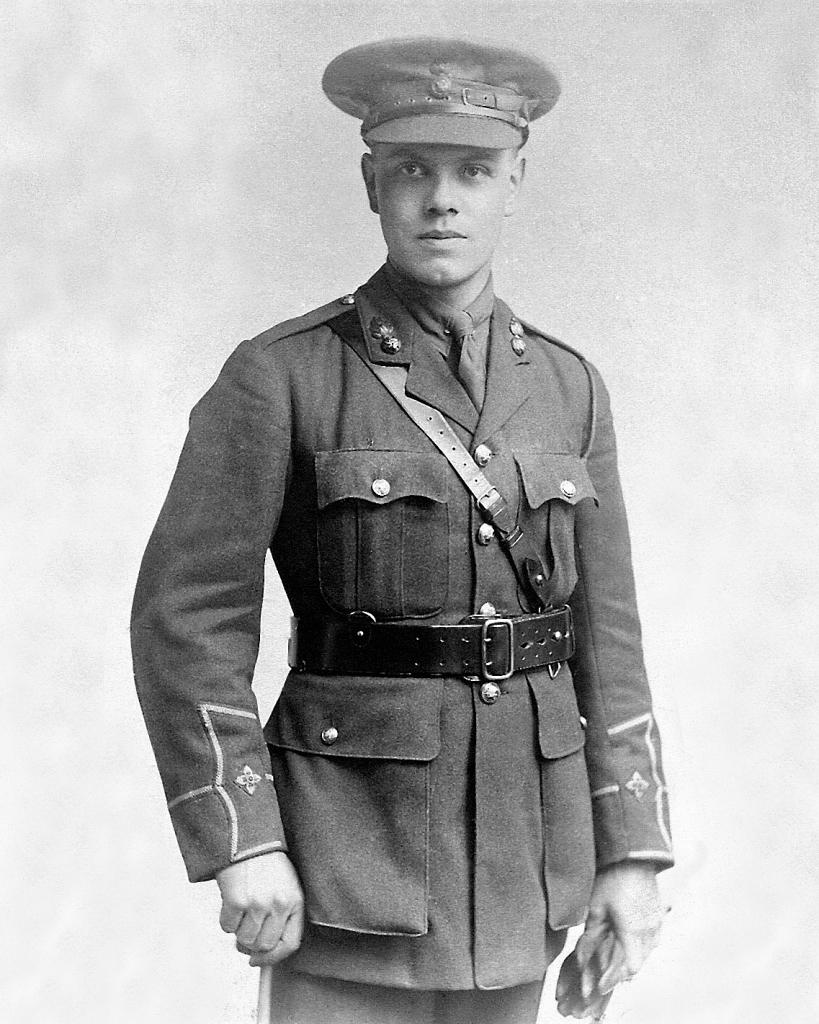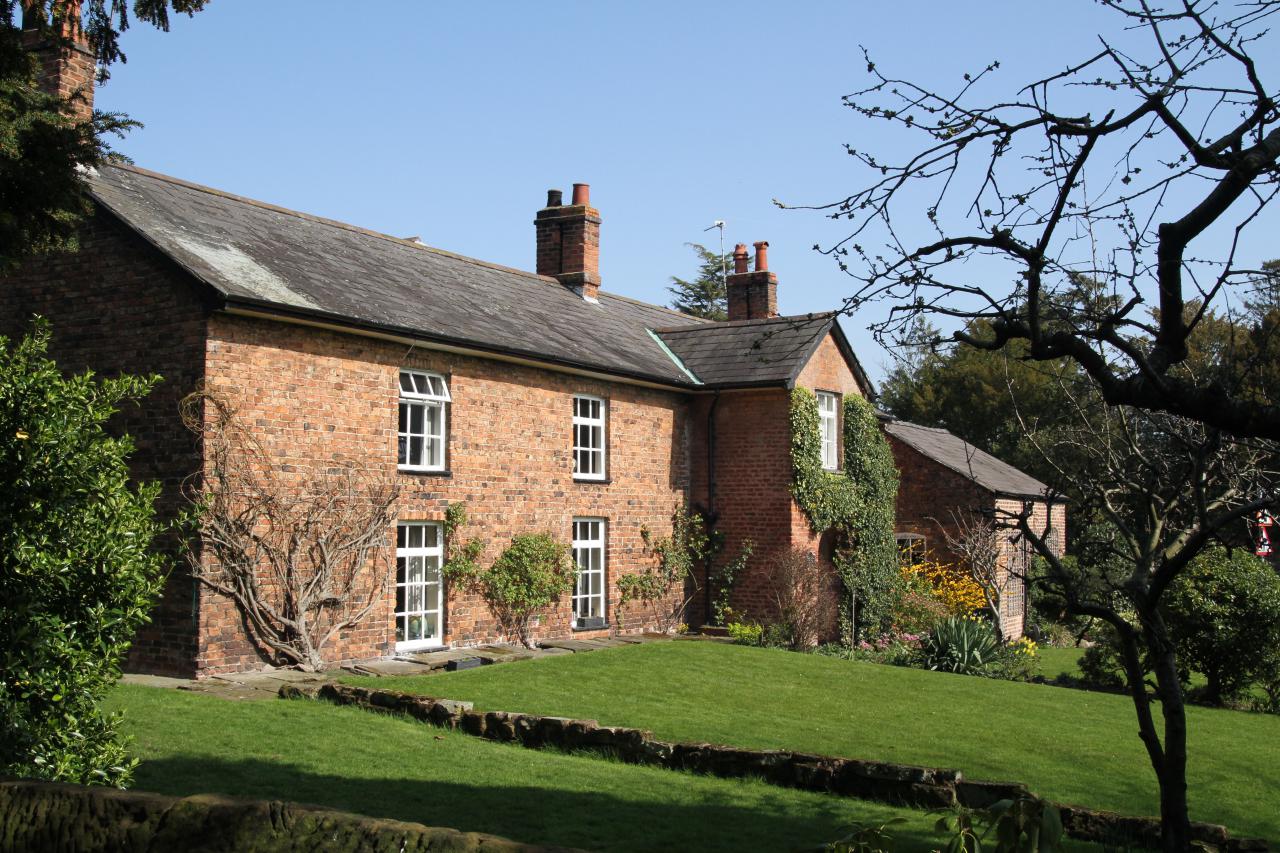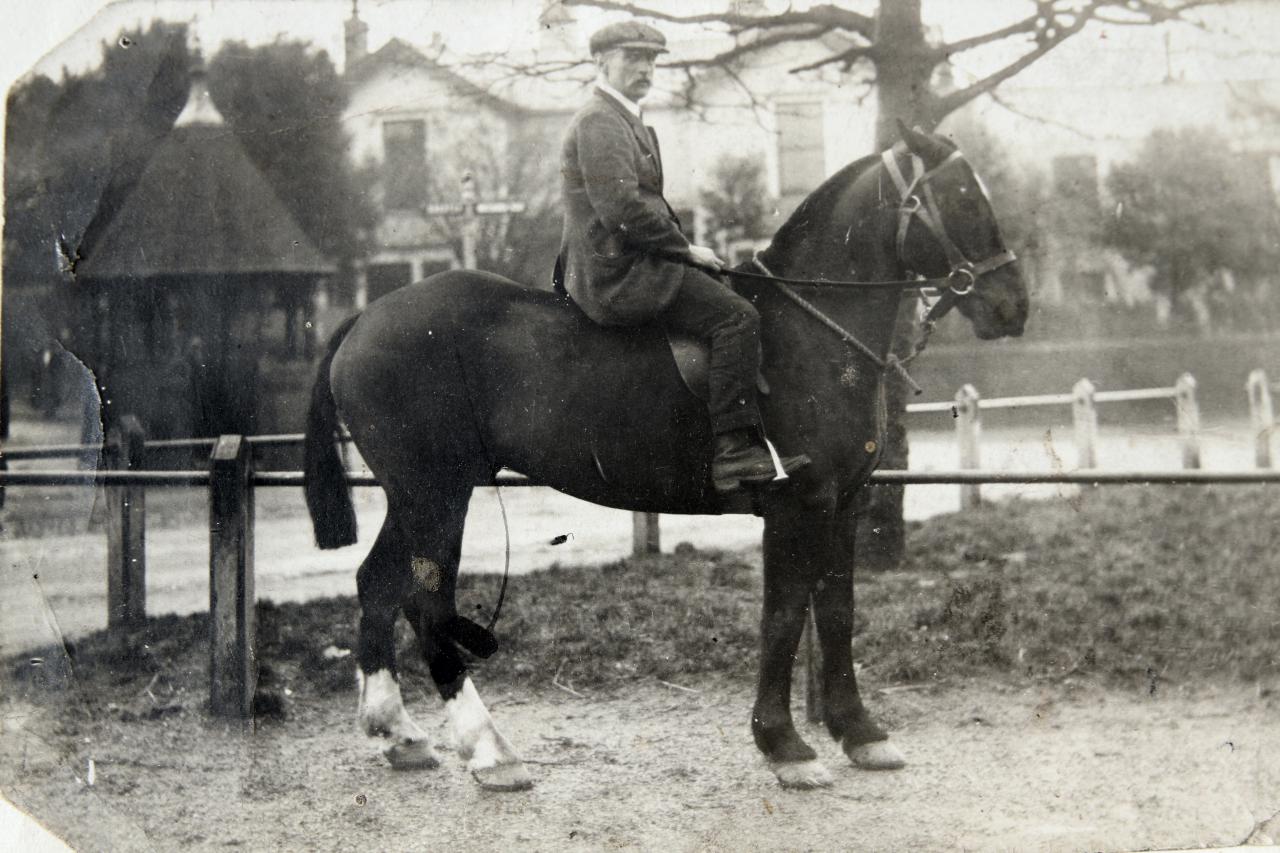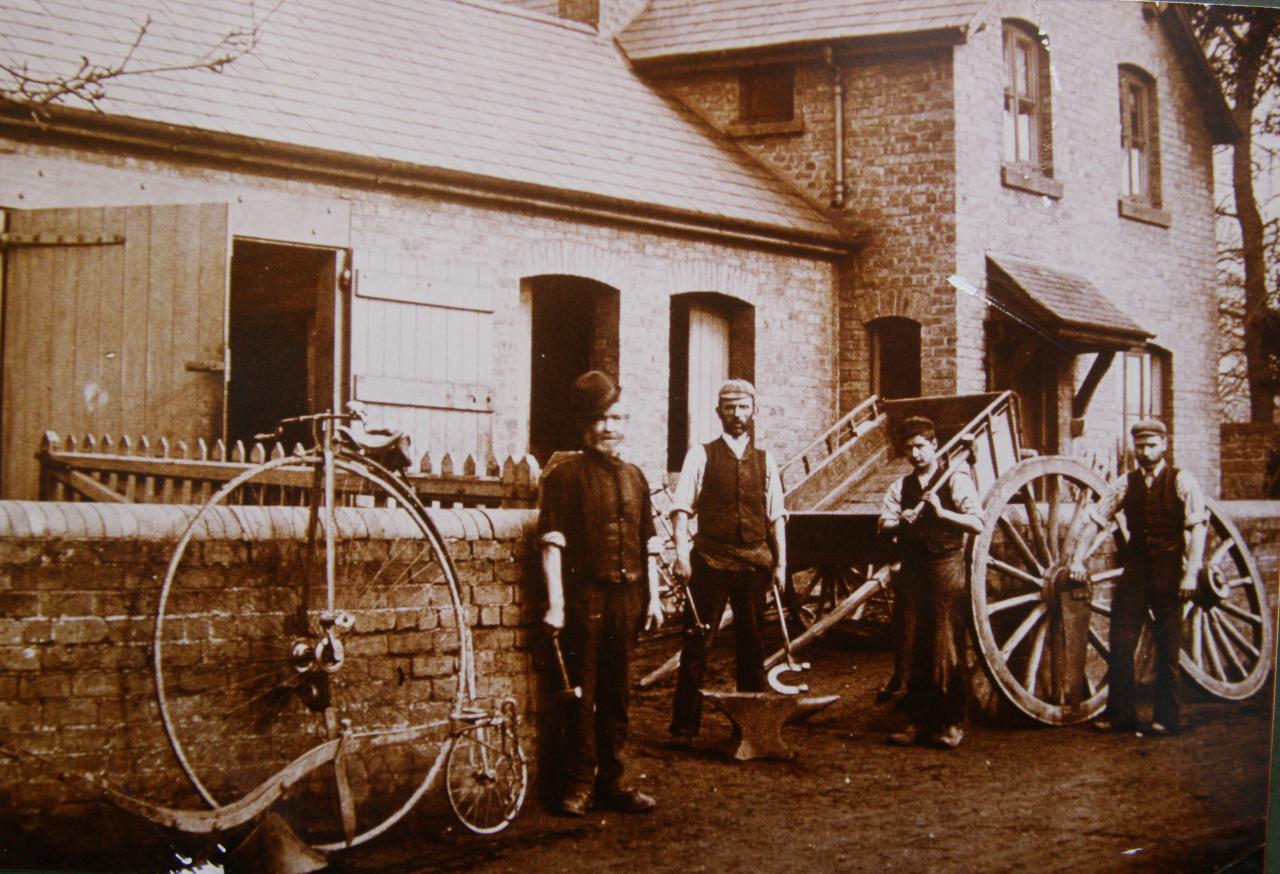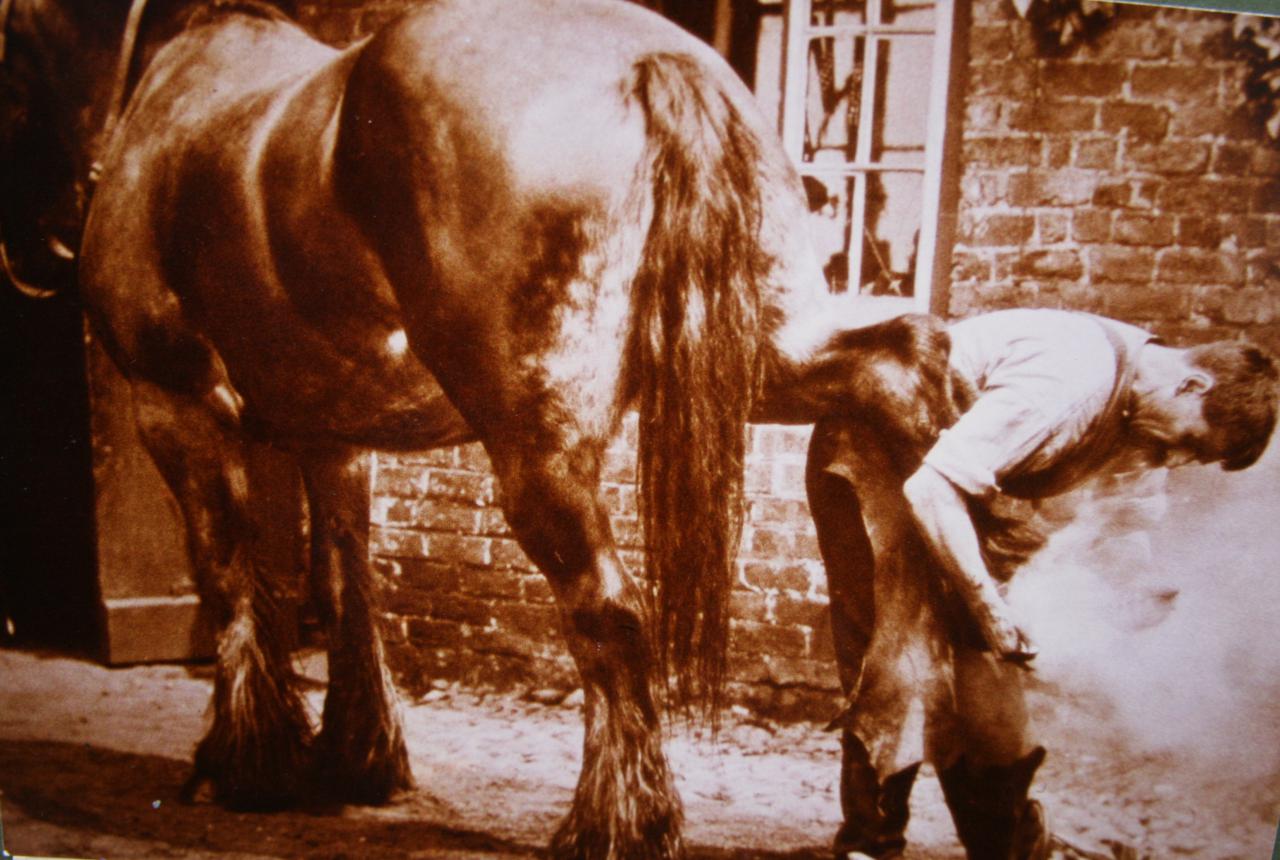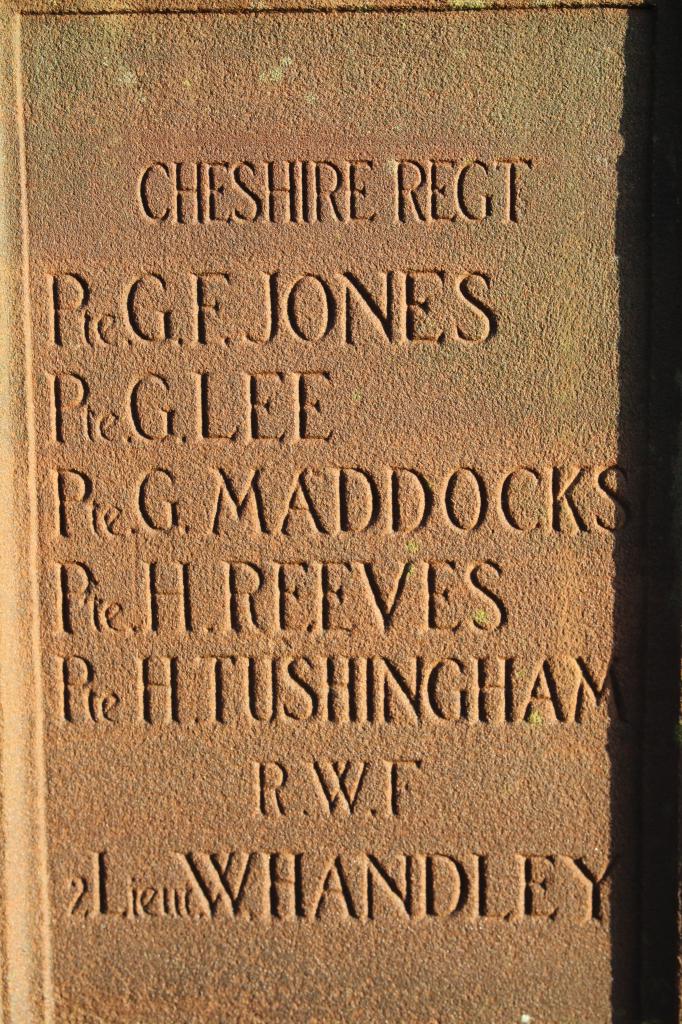


I interviewed Eric whilst compiling the 2000 Book Christleton 2000 years of History. He was a delightful man, with a lovely sense of humour. I met him many times over the years and talked about his life, farming, and the village, but our favourite conversation was always about “the first swallows of spring”. He was always thrilled when he had seen one before me. What I most regret now is that I didn’t know of his connection with 2nd Lieutenant Walter Handley 9th Battalion Royal Welsh Fusiliers. Walter was a Christleton lad, born on Stamford Heath Farm, Littleton who had an amazing but short life, and sadly died in the Pas de Calais region of France in March 1918 aged 23 years. (See Page 27 Christleton Great War Stories.) Eric’s middle name was Handley
In the words of Eric Beech
This farm (Brown Heath Farm) belonged to Major Currie, who had inherited it from Townsend and Mrs Ince. It was one of eight on the estate, all small dairy farms. Water was not laid on and cattle had to be driven to local pits in winter. There were wells on all the farms, and at Brown Heath water can be found at about 17ft below the surface. We later fitted a petrol driven pump on our own well and it is still in use. In 1996 it almost dried up for the first time in living memory. I can remember Frank Evans, who farmed the land where Ethel Witter now lives,(Manor House Farm adjacent to St James Church) having to pump water by hand from the village pump to get water to his animals because it was too severe to drive them to The Pit.
The land around our farm has always been well drained, being of a very sandy nature. In fact there are sand holes on near by Plough Lane that used to be worked by hand. Things have always grown well here. Swindley’s Farm in Village Road(The Old Farm) was very neglected, and my father was given the tenancy of his two fields in Plough Lane in 1936, with no rent due for three years because of the poor state of the land. There were even potato drills from 1914-1918 still on one field. This had been in the time of compulsory ploughing up. Two other fields in Plough Lane still belong to the John Sellers Trust.
During the war the landlord built us extra stalls for twenty more milkers, and I fitted drinking bowls in each stall to save turning the cows out for water. We had two horses, a shire and another, an old Army horse called Bob, a real favourite of mine. He died after slipping into a ditch one extra cold winter. The former died through accidentally eating wheat. All the ploughing, reaping, mowing and carting was done by these two horses. When 1939 came farmers had to plough up a proportion of their farms and were given a grant of £2 an acre. In those days you’d expect to get a ton of wheat or barley without fertiliser and herbicides, but now four tons is the norm. Likewise potato crops were eight tons per acre and now the figure is thirty tons. No wonder there is overproduction. In my early days on the farm, we had a single furrow plough and drag harrows, and I learned to work the fields with a horse. One acre a day was good going. Now you can do one acre in half an hour. We purchased some cattle food from Butler’s Mill on Whitchurch Road. We bought flaked maize and bran from them and mixed it together with oats grown on the farm, but it wasn’t really balanced food; it was much later that concentrates were produced giving the cattle a much better diet. The produce from Butler’s Mill was delivered by horse and cart, and we also used to have a rag and bone man coming around the village every year with his horse and cart.
Every year the pattern of the year would be the same. We ploughed in autumn and let the soil become broken up by the winter frosts. It would then be ready to plough over more easily in spring. We planted swedes, mangols and kale, and the seed merchants from Manchester used to come to the farm to buy our best specimens. Some of our swedes, when grown with mangols, used to weigh over 26lb in weight.
We also kept shorthorn cattle, which, when we needed to take them to market, had to walk through the village and on to Chester, going along Foregate Street, before entering Sellers Street and then on to the market on Gorse Stacks, on the other side of Cow Lane Bridge. Our milk was collected twice a day by a man called Morgan from Chester, and he also distributed milk twice a day from his churns, using the old tin measuring jugs. We didn’t always have the horse fully shod at the blacksmith’s because my dad thought it was too expensive, and in those days horses didn’t go on the roads a lot. So he sometimes only had the front two done, as the full set would have cost 4s. 6d (23p)
I was given the tenancy of this farm in spring 1940 when Phyllis and I were married. She was a farmer’s daughter from Staffordshire and the mainstay of her father’s farm. Shortly after she left, they found they couldn’t manage without her, so they retired and had a farm sale. In 1941, we bought a tractor from them, and because we didn’t have sufficient work to justify a tractor, we started the first contracting business in the area. There was plenty of work-too much at harvest time. You couldn’t please everyone at the right time. Now there are seven tractors on the farm. We had a prisoner of war (POW) to hep us at busy times, and in 1943 two lived with us for two months. One was used to farm work, and the other, a bricklayer, came in very useful at times. In 1944 we rented 14 acres at Guilden Sutton and we still have it. I had a pupil come to live in, but we didn’t hit it off too well, as he thought he knew more than I did. He stayed six months. In 1945 David Kedward came as a pupil. He was everything you could ask for on a farm and also on the contracting. Eventually he went on to marry a local girl and we let him have the contracting business. We were also able to help him to get the tenancy of a small dairy farm in Blacon. After about ten years, he bought a farm at St Clears in South Wales and is now one of the leading farmers in the area.
We grew much of our own food for the farm stock, and took many prizes at the Cheshire, Tattenhall and Christleton Shows for our produce. Artificial insemination started in 1967, which brought in great change, and we were able to use the best bulls from the centre at Tarporley. Now farmers have their own refrigerated supply of semen and do the job themselves. In 1948 we bought a threshing machine and went miles around using it- a very dirty job. By 1950 we had our first combine harvester, which coat £900. Now they cost up to £250,000. We also saw the introduction of tuberculin testing of cattle and we were able to benefit, helped by a government grant. This year also saw the start of pick up bales, a wonderful invention, and we had several machines to help us do this. In 1953 we fitted a coal-fired grass dryer, but it was very hard work. We ground the dried grass and cubed it, and we also produced Lucerne, which was very high in protein. In 1955 I took on another pupil, David Dodd, and later helped him get the tenancy of Barrowmore Farm. He has just retired.
Milk was now being pumped into bulk tanks. In my father’s day he could produce about 65 gallons a day. When I retired we were producing 500 gallons a day. We milked by hand twice a day until 1944, then by machine into buckets, and eventually we constructed our own milking parlour. We had our own electric welder and made most of our own steel fabrications, including gates, and trailers. Sparks from the welder caused a fire, and our youngest son Ian set a shed full of bales on fire. What a mess that was. There was little concrete on the original farm, and over the years we have quite a lot, including the farm drive.
LISTEN INSTEAD OF READING
-

Eric Beech
-

Christleton Chapel Centerary
-

Christleton Methodist Chapel in 2021
-

Christleton Chapel Harvest in 1907
-

Christleton Chapel Havest in 2013
-

Walter Handley Census, Christleton
-

Great War Memorial in St.James', Christleton
-

Ploughing in Christeton
-

Farming years ago in Christleton
-

-

Christleton Show First Prize Certificate
-

Digger Swindley at the Old Farm in Christleton
-

Butlers Mill at Christleton
-

Hockenhull Bridges, Christleton
-

Eris Beech's early swimming pool
-

Brown Heath Farm in Christleton
-

Haymaking at Brown Heath Farm Christleton
-
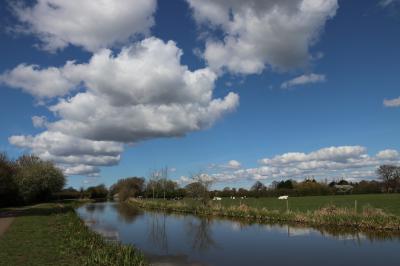
View of Brown Heath Farm from the Canal, Christleton
-

Spraying at Brown Heath Farm
-

Brown Heath Farm John Sellers Trust Field 2021
-

Brown Heath Farm 2021
-

Christleton Methodist Chapl in 2009
-

Walter Handley, Christleton
-

Manor House Farm, Christleton
-

Frank Evans with War Horse at Christleton
-

Christleton Smith 1907
-

Blacksmith Fleet in Little Heath Road Christlketon
-

Walter Handley on Christleton Memorial


